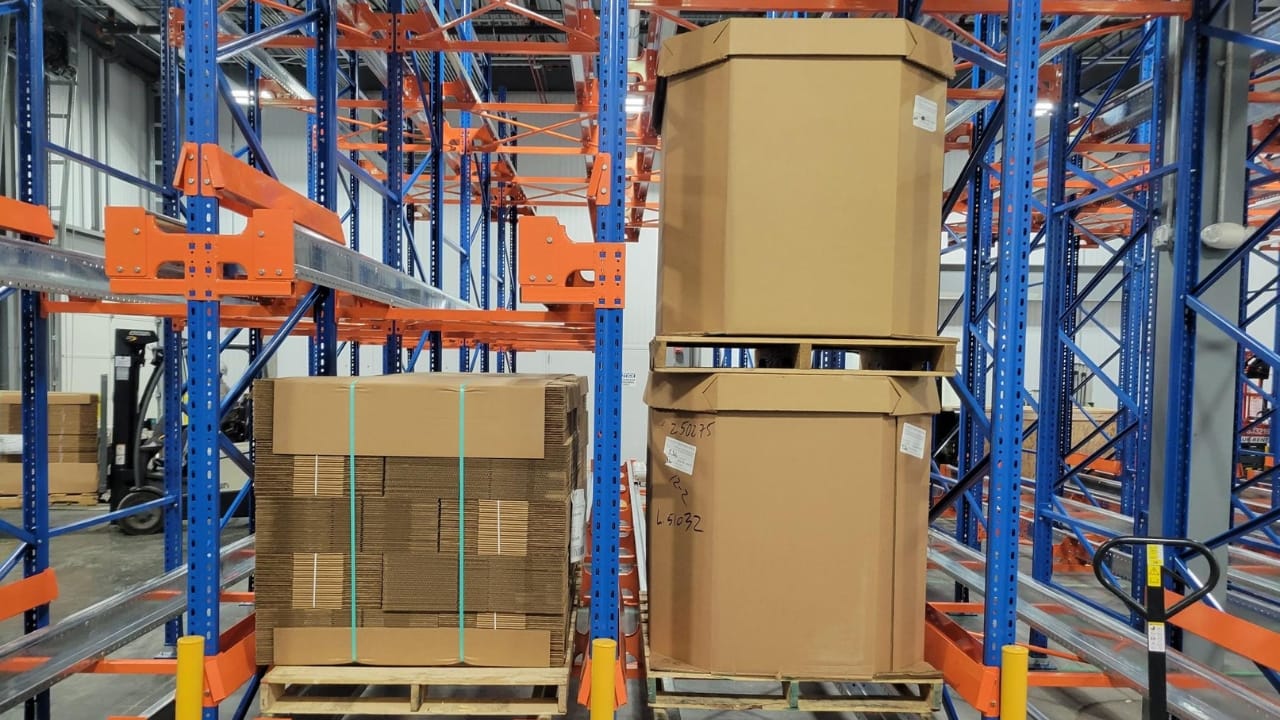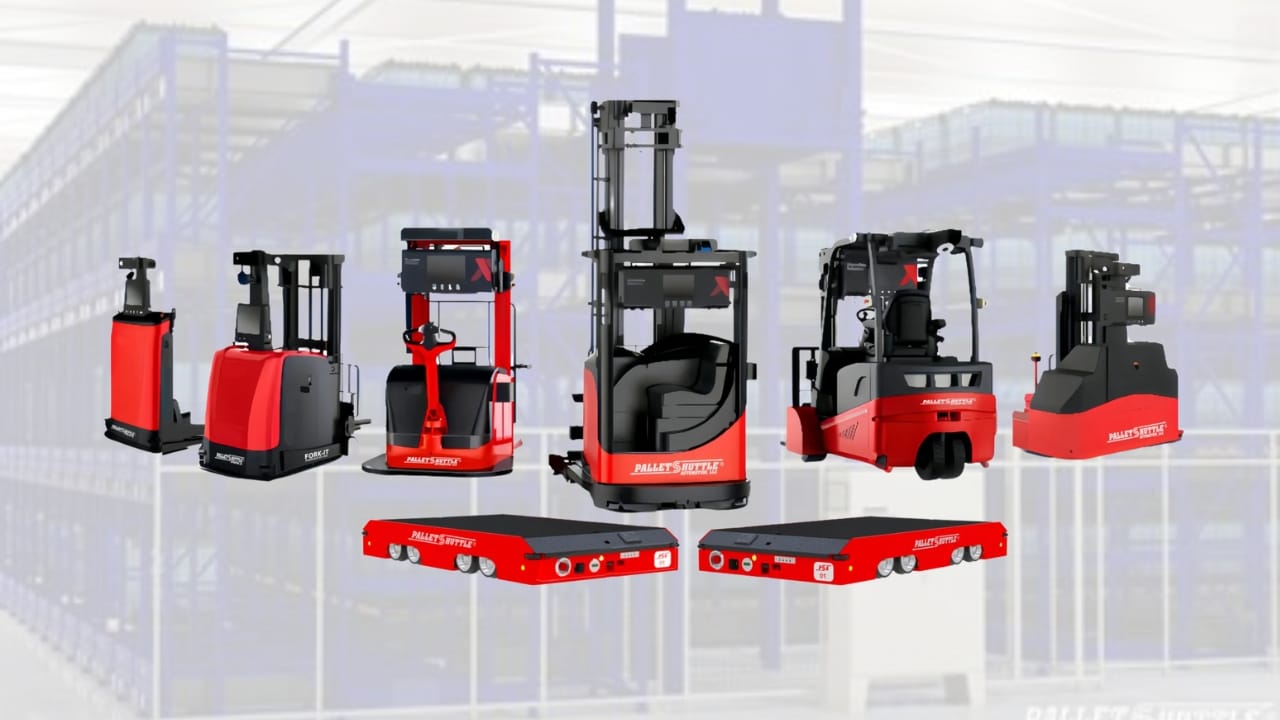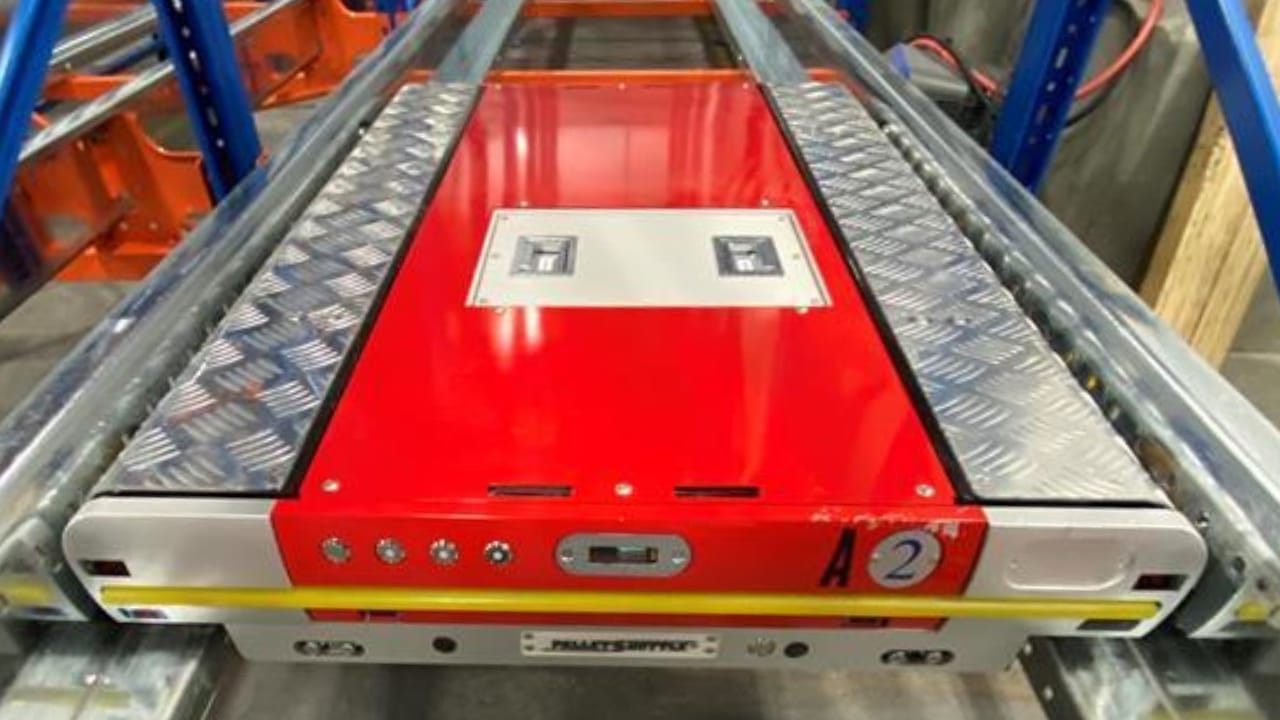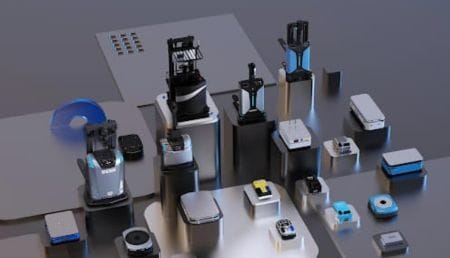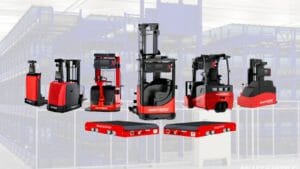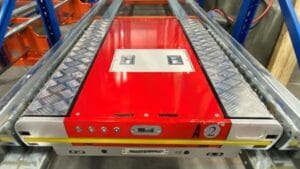When it comes to warehouse efficiency and storage optimization, businesses are turning to innovative solutions like the 2D Semi-Automated Pallet Shuttle. Designed for high-density storage and seamless inventory management, this system is redefining how warehouses handle and move pallets. Whether you’re a warehouse manager, supply chain professional, or plant operator, understanding this technology can help you enhance productivity while reducing operational costs.
We will break down what a 2D Semi-Automated Pallet Shuttle is, how it works, and why it’s becoming an essential tool for modern warehouses.
Introduction to the 2D Semi-Automated Pallet Shuttle
The 2D Semi-Automated Pallet Shuttle is a next-generation warehouse storage system that combines partial automation with high-density racking to streamline pallet handling operations. Evolved from decades of innovation in warehouse automation, this system eliminates the need for forklifts to enter storage lanes and offers unparalleled precision and efficiency in compact storage environments.
Key Features and Benefits
- Efficient Storage: Maximizes space utilization by enabling deep-lane storage and minimizing aisle requirements.
- Automation Integration: Operates semi-autonomously via remote commands from a WiFi or RF enabled tablet.
- Safe and User-Friendly: Reduces forklift traffic within storage lanes, lowering the risk of accidents and damage to racks.
- Customizable Options: Supports various pallet sizes and integrates with FIFO (First-In, First-Out) or LIFO (Last-In, First-Out) inventory systems.
With these features, the 2D Semi-Automated Pallet Shuttle is particularly suited for industries requiring high-volume pallet handling, like food and beverage, 3PL (third-party logistics), and manufacturing.
Understanding the Technology Behind the 2D Semi-Automated Pallet Shuttle
The 2D Semi-Automated Pallet Shuttle relies on an electric, battery-powered shuttle equipped with advanced sensors and controls. The shuttle runs in two directions (forward and backward) along rails embedded in the storage channels, positioning and extracting pallets with high accuracy.
How It Works
- Shuttle Placement: A forklift operator places the shuttle on the required lane or channel.
- Pallet Loading: Pallets are loaded one by one into the lane entrance.
- Command Execution: Using a tablet, the operator instructs the shuttle to move pallets to the next available storage position.
- Unloading: The shuttle retrieves pallets in FIFO or LIFO sequence based on the system’s configuration.
Comparison with Traditional Pallet Handling Systems
Feature | 2D Semi-Automated Pallet Shuttle | Traditional Storage Systems |
|---|---|---|
Storage Density | High – allows deep-lane storage | Limited—requires wider aisles |
Operational Speed | Fast – Automated shuttle system | Slower – Forklift reliance |
Worker Safety | Enhanced – Reduces forklift use | Increased risks in narrow channels |
Cost Savings | Lower long-term costs | Higher due to extended labor use |
Applications and Use Cases
Revolutionizing Warehousing and Distribution
The 2D Semi-Automated Pallet Shuttle is transforming the way warehousing and distribution processes are conducted. Thanks to its high-density storage capacity, businesses can optimize available space while maintaining faster inventory turnover. Here’s how different industries are benefiting from this technology:
- Food and Beverage: Ideal for cold storage where maximizing capacity and minimizing handling times are crucial.
- Manufacturing: Streamlines the storage of raw materials and finished goods for quick access.
- Third-Party Logistics (3PL): Enhances client order fulfillment by handling large SKU volumes efficiently.
- Retail Warehouses: Manages seasonal inventory surges like holiday products or back-to-school supplies.
- Facilities Currently: utilizing traditional deep lane storage systems, such as Push Back Racking, Drive-In Racking, or Pallet Flow Racking.
Real-World Example
A global 3PL provider implemented a 2D Semi-Automated Pallet Shuttle system as a shipping staging buffer, where space constraints were negatively affecting operations. By transitioning from traditional racking to a semi-automated solution, they reduced aisle congestion by 60% and increased pallet positions by 70%.
Advantages and Challenges
Advantages
- Improved Efficiency: Reduces loading and unloading times significantly compared to traditional methods.
- Space Optimization: Enables deep-lane storage, utilizing both horizontal and vertical space effectively.
- Scalability: Allows warehouses to add more shuttles as operational demands increase.
- Operational Safety: Minimizes the risk of forklift-related accidents.
- Cost-Effective: Reduces labor costs by automating repetitive tasks.
Challenges
- Initial Investment: The cost of infrastructure and shuttles can be high for businesses starting with limited budgets.
- System Compatibility: Requires integration with existing WMS (Warehouse Management Systems) or ERP systems.
- Skill Requirements: Staff may need training to operate the system efficiently.
Fortunately, Pallet Shuttle Automation provides flexible financing options and customizable training programs to address these challenges.
Considerations for Implementing a 2D Semi-Automated Pallet Shuttle
Factors to Evaluate
- Warehouse Size & Layout: Ensure your facility’s design accommodates the rail and racking setup required for the shuttle system.
- Volume of Pallets: Assess whether your current pallet handling volume justifies the investment in semi-automation.
- SKU Diversity: Ideal for operations with fewer SKUs but higher pallet volumes.
Best Practices for Integration
- Conduct a Feasibility Study: Partner with industry experts to evaluate the system’s compatibility with your warehouse operations.
- Train Your Team: Provide comprehensive training to operators on using the shuttle and managing the tablet controls.
- Monitor KPIs: Use performance metrics such as loading times and storage density to measure ROI.
Trends and Innovations
The 2D Semi-Automated Pallet Shuttle is just the beginning of AI-powered warehouse technology. Here’s what’s on the horizon for this innovation:
- IoT Integration: Shuttles may connect with other warehouse systems via IoT for seamless inventory tracking and enhanced automation.
- Improved Battery Efficiency: Advances in battery technology allow for even longer operational hours per charge.
- Enhanced Software Features: Expect better data visualization and reporting from shuttle control systems, adding value to decision-making processes.
By staying ahead of these trends, businesses can ensure long-term success and maintain a competitive edge in their industry.
Streamline Your Warehouse Operations Today
Investing in a 2D Semi-Automated Pallet Shuttle can transform your warehouse by improving operational efficiency, maximizing storage, and enhancing safety. Whether you’re managing high-volume SKUs or looking to optimize your space, this technology offers a reliable solution for the challenges of modern warehousing.
Want to know if this system is right for your operations? Contact our team for a feasibility analysis and a customized implementation plan. Plus, with Pallet Shuttle Automation’s flexible financing solutions, you can reduce the upfront costs of automation. Future-proof your warehouse today!

